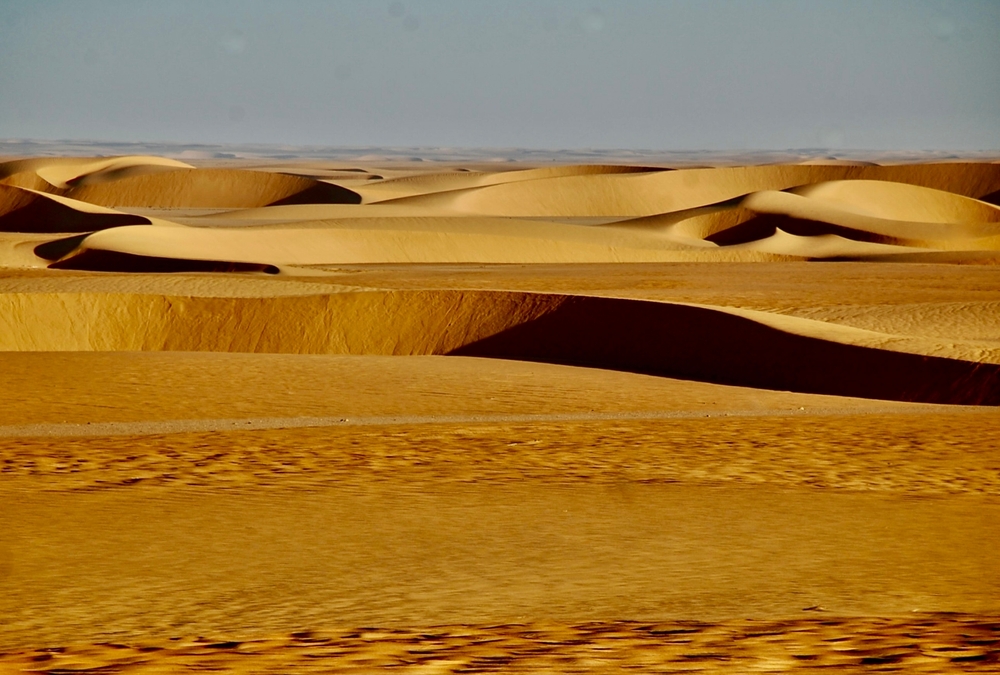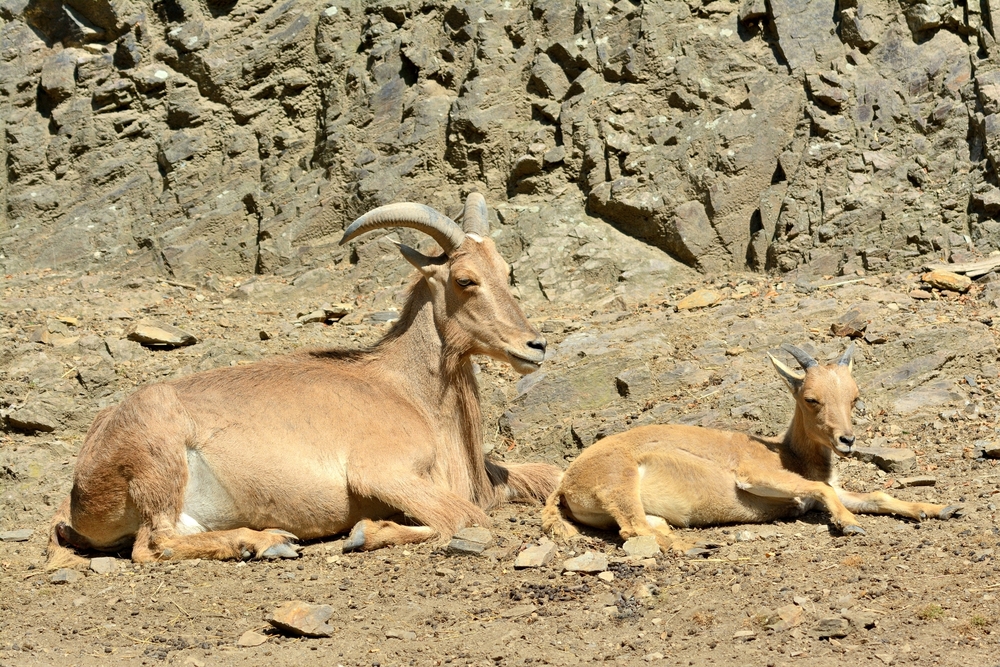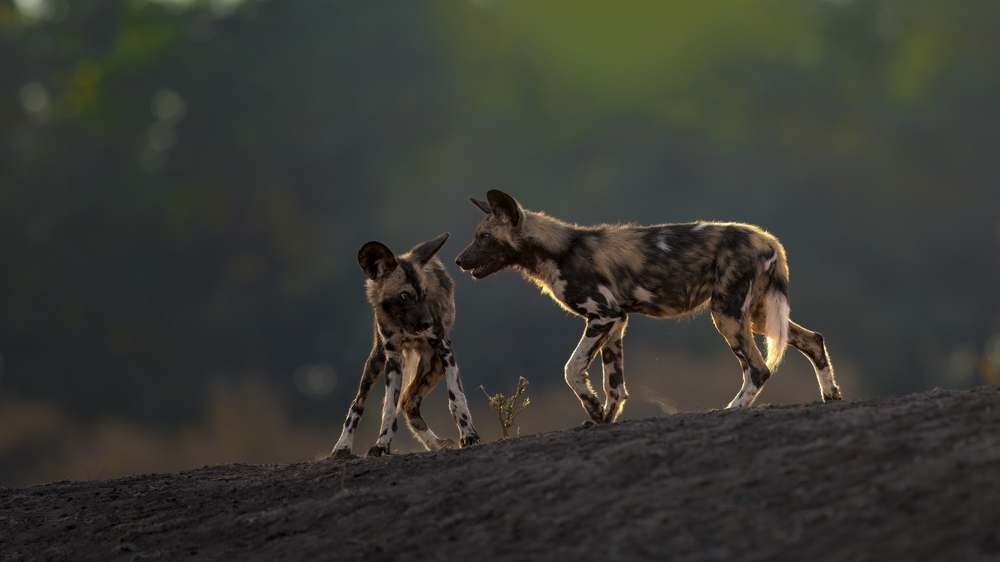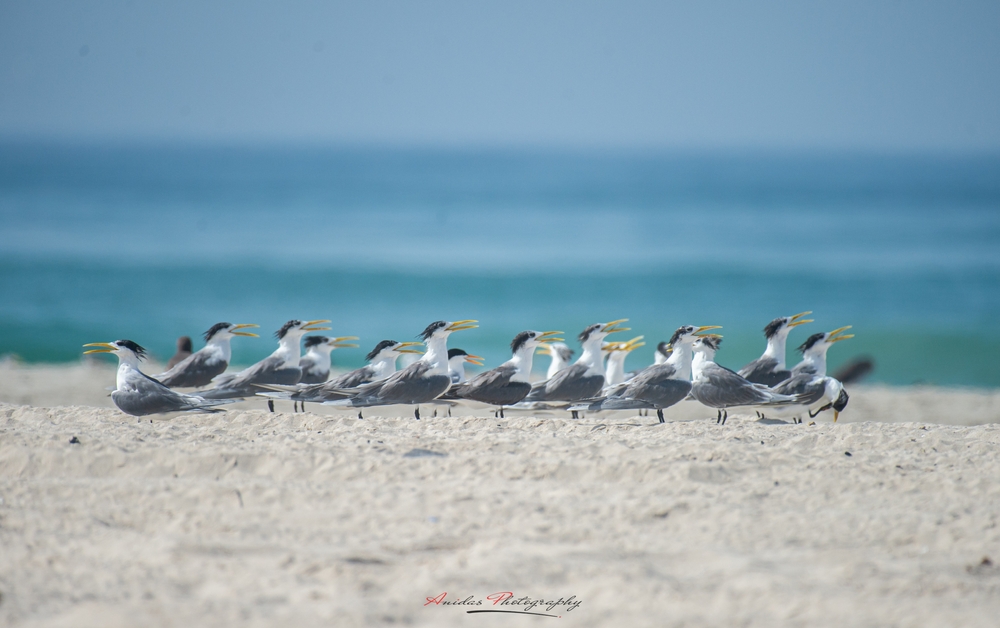Sudan’s national parks are vital for conserving the country’s diverse ecosystems, which range from arid deserts to lush floodplains. These officially designated parks serve as refuges for wildlife and showcase the country’s natural beauty. They also play an important role in maintaining ecological balance and supporting local communities. Despite the challenges of political instability and environmental pressures, Sudan’s national parks are significant assets for conservation and eco-tourism, offering glimpses of the nation’s rich biodiversity.
One of Sudan’s most prominent parks is Dinder National Park, located in the southeastern part of the country near the Ethiopian border. Established in 1935, it covers approximately 10,000 square kilometers and is part of the Sahelian savanna ecosystem. The park is known for its seasonal wetlands, known as mayas, which attract a variety of wildlife, especially during the dry season. Species such as lions, leopards, antelopes, and baboons inhabit the park, alongside over 200 species of birds, including storks and egrets. Despite its ecological importance, Dinder faces threats from overgrazing, deforestation, and human-wildlife conflict, which conservation initiatives are working to mitigate.
Another significant protected area is Radom National Park, situated in the southwestern corner of Sudan near the border with Chad and the Central African Republic. Spanning approximately 12,500 square kilometers, the park encompasses savannas, woodlands, and rivers, making it a haven for biodiversity. Wildlife in Radom includes elephants, buffaloes, and various primates, along with predators such as lions and hyenas. The park’s remote location has helped shield it from some human pressures, but poaching and illegal resource exploitation remain challenges.
Sudan’s national parks face considerable conservation hurdles, including poaching, agricultural expansion, and limited resources for park management. Political instability and armed conflicts have also hindered effective conservation efforts in some regions. However, there have been notable successes. In Dinder National Park, collaborative efforts between government agencies and local communities have helped reduce human-wildlife conflict through education and sustainable practices. International partnerships and conservation organizations continue to support habitat restoration and anti-poaching initiatives across the country.
Sudan’s national parks offer opportunities to experience the unique biodiversity and landscapes of this vast country. From the seasonal wetlands of Dinder to the remote savannas of Radom, these parks are vital for preserving Sudan’s natural heritage. Efforts to protect these areas are crucial for maintaining their ecological integrity and ensuring they remain valuable resources for future generations. Sudan’s commitment to conservation is reflected in its efforts to balance environmental protection with the needs of local populations.














































































